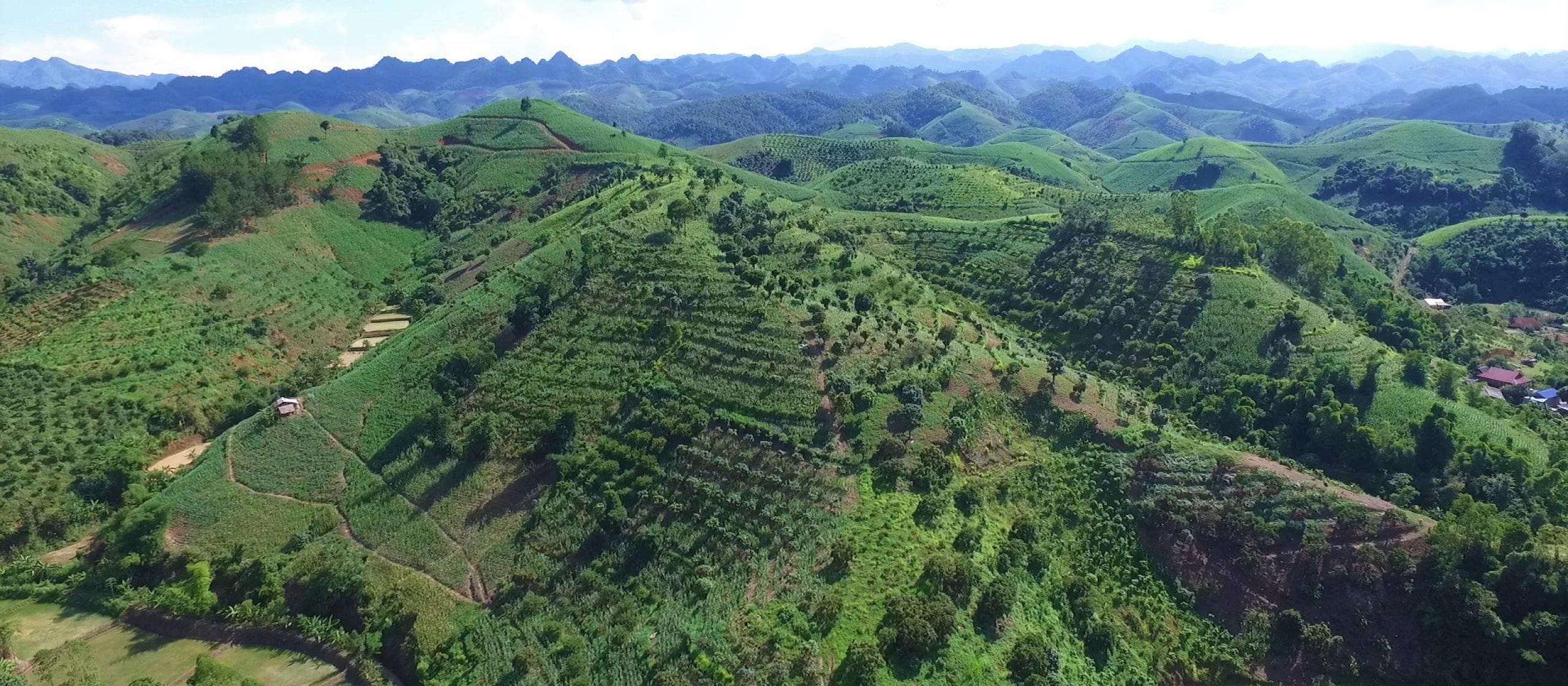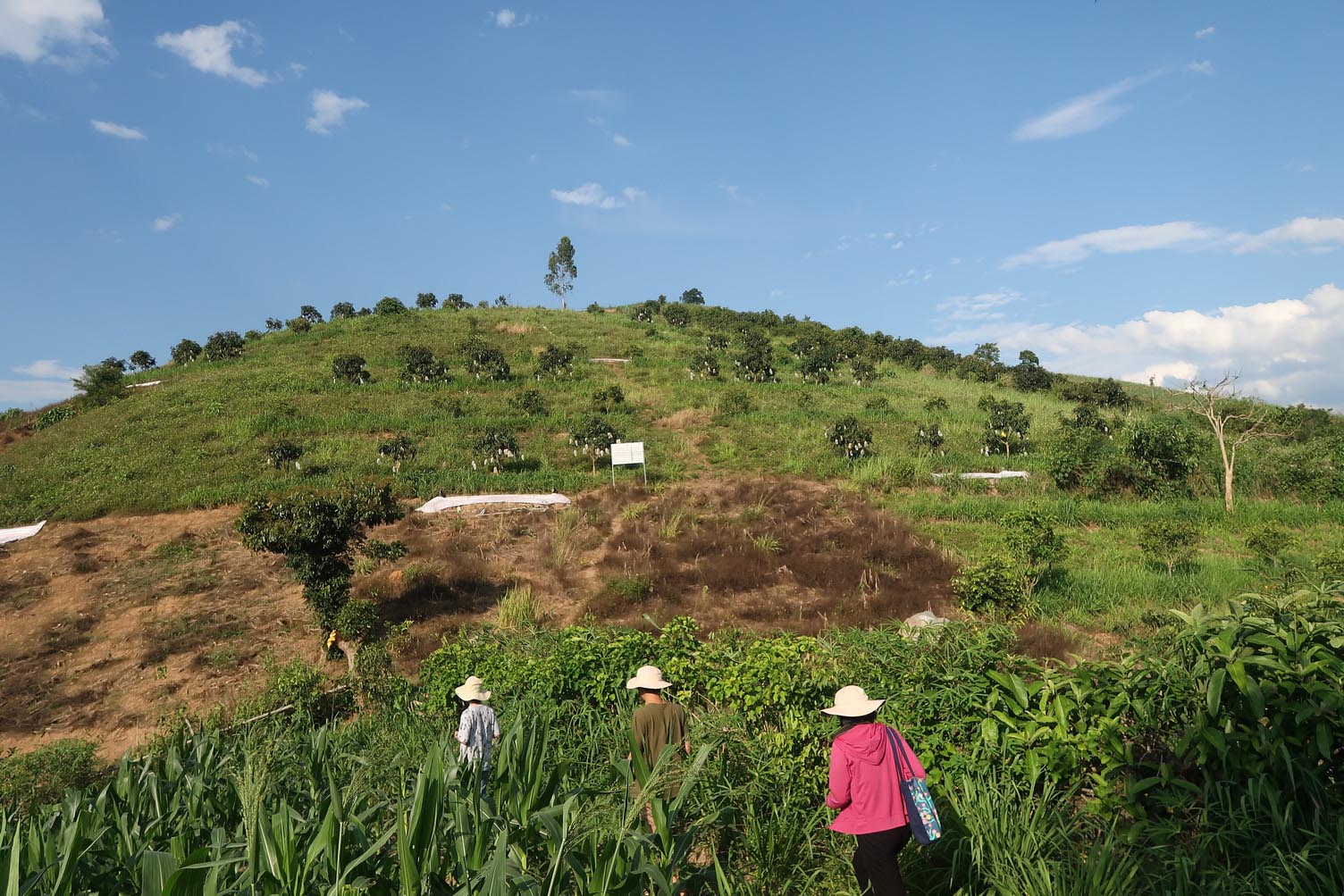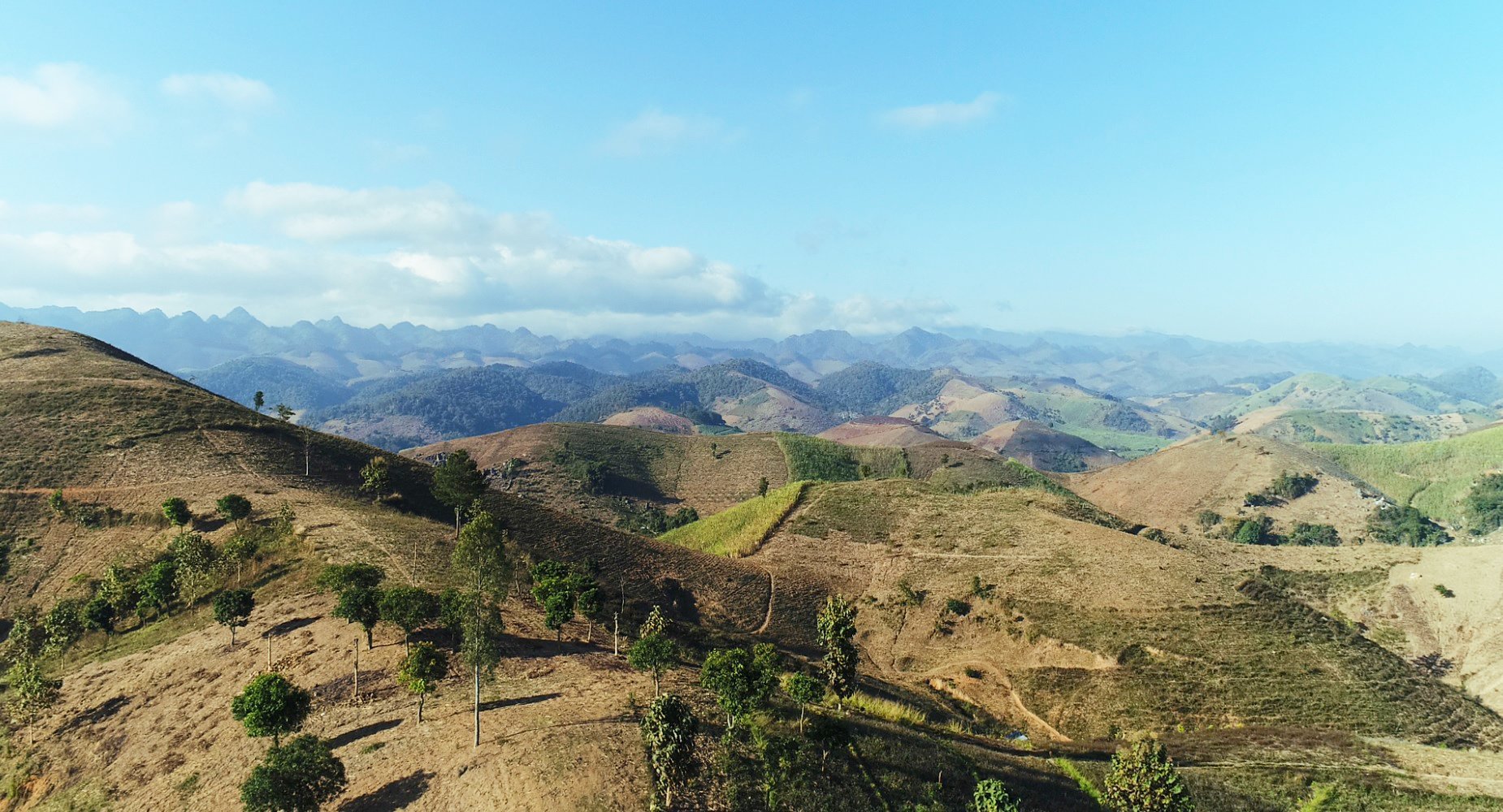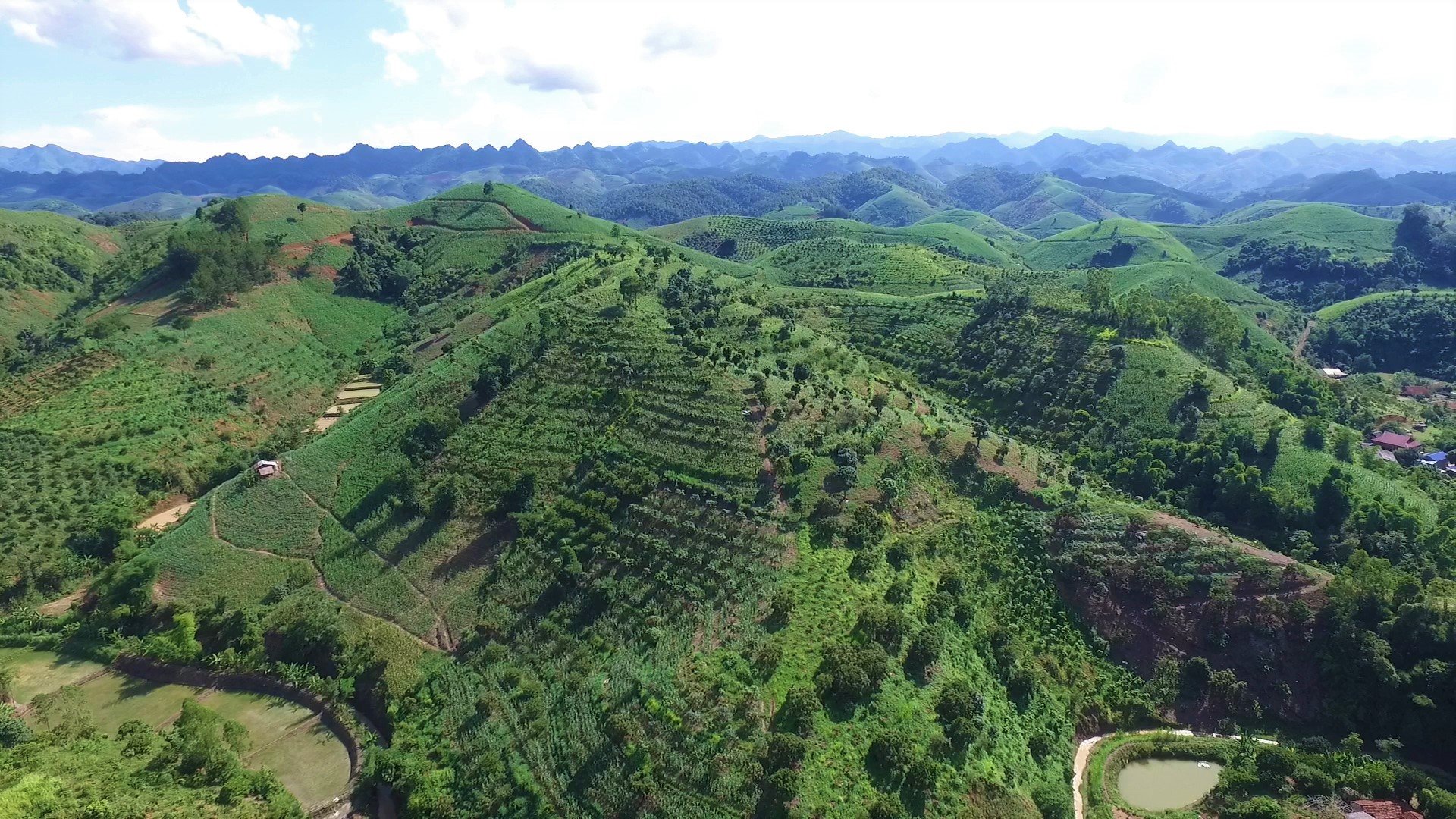- HomeHome
-
About ACIAR
- Our work
- Our people
-
Corporate information
- ACIAR Audit Committee
- Commission for International Agricultural Research
- Policy Advisory Council
- Agency reviews
- Executive remuneration disclosure
- Freedom of information (FOI)
- Gifts and benefits register
- Information publication scheme
- List of new agency files
- Contracts
- Legal services expenditure
- Privacy impact assessment register
- Commonwealth Child Safe Framework
- Benefits to Australia
- Careers
- 40 years of ACIAR
-
What we do
- Programs
- Cross-cutting areas
- Resources
- Where we work
-
Funding
- Research projects
- Fellowships
-
Scholarships
- John Allwright FellowshipScholarships to study in Australia for ACIAR partner country scientists to have Australian postgraduate qualifications
- ACIAR Pacific Agriculture Scholarships and Support and Climate Resilience Program
- Alumni Research Support Facility
- Publications
- News and Outreach
Date released
01 October 2021
For generations, smallholder farming communities in the northwest of Vietnam have exclusively relied on maize as their primary source of income. Planted on the sloping lands that dominate the region, the unsustainable practice of monocropping slowly eroded the soil, stripping vital nutrients from the earth, and restricting many farmers to only growing during the wet season.
As a result, these farmers extended their operations into nearby forests. Clearing, cultivating, and eroding even more land and ultimately further entrenching their communities into poverty.
These interconnected challenges—unsustainable agricultural practices, land degradation, and poverty—have been facing the region and its people for decades.
Since 2011, two consecutive ACIAR-funded projects led by the World Agroforestry Centre (ICRAF) have empowered rural communities to shift away from unsustainable farming by introducing, testing, and validating several agroforestry options. The systems have all proven to have positive impacts in generating income and building climate resilience.
Agroforestry is the integration of trees and shrubs into farming landscapes, enabling farmers to improve the environmental, social, and economic values of their land.
‘In agroforestry, farmers will plant wood trees together with short harvest plants or even combine cropping with livestock or fish,’ says Dr Nora Devoe, Forestry Program Manager of ACIAR.
‘We decided to introduce agroforestry because trees on farms and forests help regulate watersheds and preserve soil and nutrition. And secondly, thanks to the diverse and open nature of combinations, agroforestry will provide farmers with a wide range of agriculture products and expand their source of incomes.’
Better land and income
In the two ACIAR-funded projects—Agroforestry for livelihoods of smallholder farmers in northwest Vietnam (AFLI-1) and Developing and promoting market-based agroforestry and forest rehabilitation for northwest Vietnam (AFLI-2)—ICRAF has worked with hundreds of farmers to design and apply different crop combinations to achieve higher and more sustainable incomes than from maize alone.
Starting in 2016, the research team has monitored the performance of the eight trials running since 2011, particularly as the trees start producing substantial yields and environmental impacts start showing through consolidated data. In these trials, the farmers have practiced agroforestry by intercropping fruit trees such as mango, longan, and plum, and citrus fruit trees such as lemon and pomelo with maize and fodder grass.
Research has shown that the agroforestry options demonstrated a maximum 77% reduction in soil erosion than maize monocropping. The improvement in the soil is so obvious that many farmers can see it with their own eyes.
‘Before, with maize monocropping, we could see the soil erosion very clear. But since we plant fodder grass and apply contour lines in planting trees, the soil is well preserved. Even better, we can prevent the fertilizer from wiping out, and by that, we save money on production inputs,’ said Lo Thi Son, a Thai ethnic farmer who has been a part of the project since 2013.
As well as restoring and protecting the land, the established agroforestry options have also provided significant economic benefits. While having to wait for three years to have income from fruit trees, farmers live on earnings from mixed annual crops such as fodder grass and maize within the first year.
Giang Giong Vu, a Hmong ethnic farmer in Toa Tinh district, Dien Bien province, combined Son Tra (H’mong apple) and fodder grass, which helped him bring money home since the very first year.
‘I joined the AFLI projects in 2013, and for the first six months, since it started, I can collect money from selling grass. Since 2018, I can earn up to 18 million dongs per year (A$1,000) from my agroforestry system,’ Vu said.
‘For the option of Son Tra (Docynia indica) and fodder grass in Dien Bien province, our farmers like Giang Giong Vu have seen a return on investment from the third year. We predict the annual profit to be around A$3,100 per ha from the 7th to 14th year,’ said Dr La Nguyen from World Agroforestry, the project leader of both AFLI-i and AFLI-ii.
Another example of better profit over maize monocropping is the longan, maize, and fodder grass system, with which farmers can reach the break-even point within two years. The project team predicts that the annual profit of this option will reach its potential in the seventh year, with the average yearly gain over 20 years estimated at A$3,400 per ha. In contrast, the net profit of maize monoculture was only about A$500 to $600 per ha a year.
The clear livelihood improvements these crop combinations have made to rural communities in just the first 10 years has underpinned the decline of monocultural production in the region and a wider uptake of the agroforestry approach.
‘In the long-term, agroforestry will outperform the maize. In 2019 and 2020, the local farmers recorded a dramatic decline in maize yield due to pests, diseases, and severe climates like rainfalls or drought. Meanwhile, crop diversity in agroforestry systems could reduce the risk of market failure of one single option,’ said Dr Devoe.
Better business opportunity
In addition to increased production, farmers joining the project have also been able to access higher-value markets as consumer-led demand is increasingly prioritising environmentally sustainable products.
‘What I love most about this project is that we learn new techniques to farm. I had known for years, before joining this project, that we need to change the ways we do farm. The project officers guided us on how to grow plants eco-friendly, which is very important.
'Because I used to work in the transport sector, delivering food to all kinds of suppliers, I know the taste of high-demand markets– they care about farming techniques that ensure safe and high-quality products. The most demanding retailer always seeks safety first, then quality and the product outlook,’ said Leo Van Lech, Director of Thanh Cuong Cooperative.
‘As I target high-demand markets, I need to secure large production areas to land a good contract with big suppliers, so I created the Thanh Cuong Cooperatives to gather resources and build our production capacity,’ Lech said.
To date, Thanh Cuong Cooperatives has 34 members and has its products distributed to major retailers in Hanoi, the capital city of Vietnam.
‘I am very pleased that the agroforestry models and techniques can become the engine for leading farmers like Lech to propel their business. In the beginning, we had no intention of developing farmer cooperatives. Still, when the project is about to end, it turned out we have supported quite a few established in Son La and Dien Bien, which is extremely exciting,’ said Dr. La Nguyen.
‘Also, during the last five years, we have developed six exemplar landscapes – each covers 50 ha, to demonstrate the benefit of agroforestry. And we continue to receive more requests from farmers to help them set up similar systems. Even big agribusiness in other places contacted us for collaboration. The scenery of highly productive, eco-friendly lands speaks more than a thousand words,’ he added.
A life-changing way of farming
Lo Thi Son and her husband are also two core members of Thanh Cuong Cooperatives. In 2020, the couple decided to join Lech, the Director, to contribute half of the cost to build their own nursery.
‘I feel much more confident since I joined this project. I’ve learned that I can farm differently from what my parents and grandparents did, and I can make a better income while having more time for my daughter, which is very important to me.
'Before, I had to spend many hours caring for maize crops. Now, I only need to invest my time for the first year with agroforestry. I can spend saved time for family and my self-development,’ Son happily shared.
The project, Developing and promoting market-based agroforestry and forest rehabilitation for northwest Vietnam, is co-funded by the Forestry Research Program of ACIAR and the CGIAR – Research Program on Forests, Trees, and Agroforestry.









